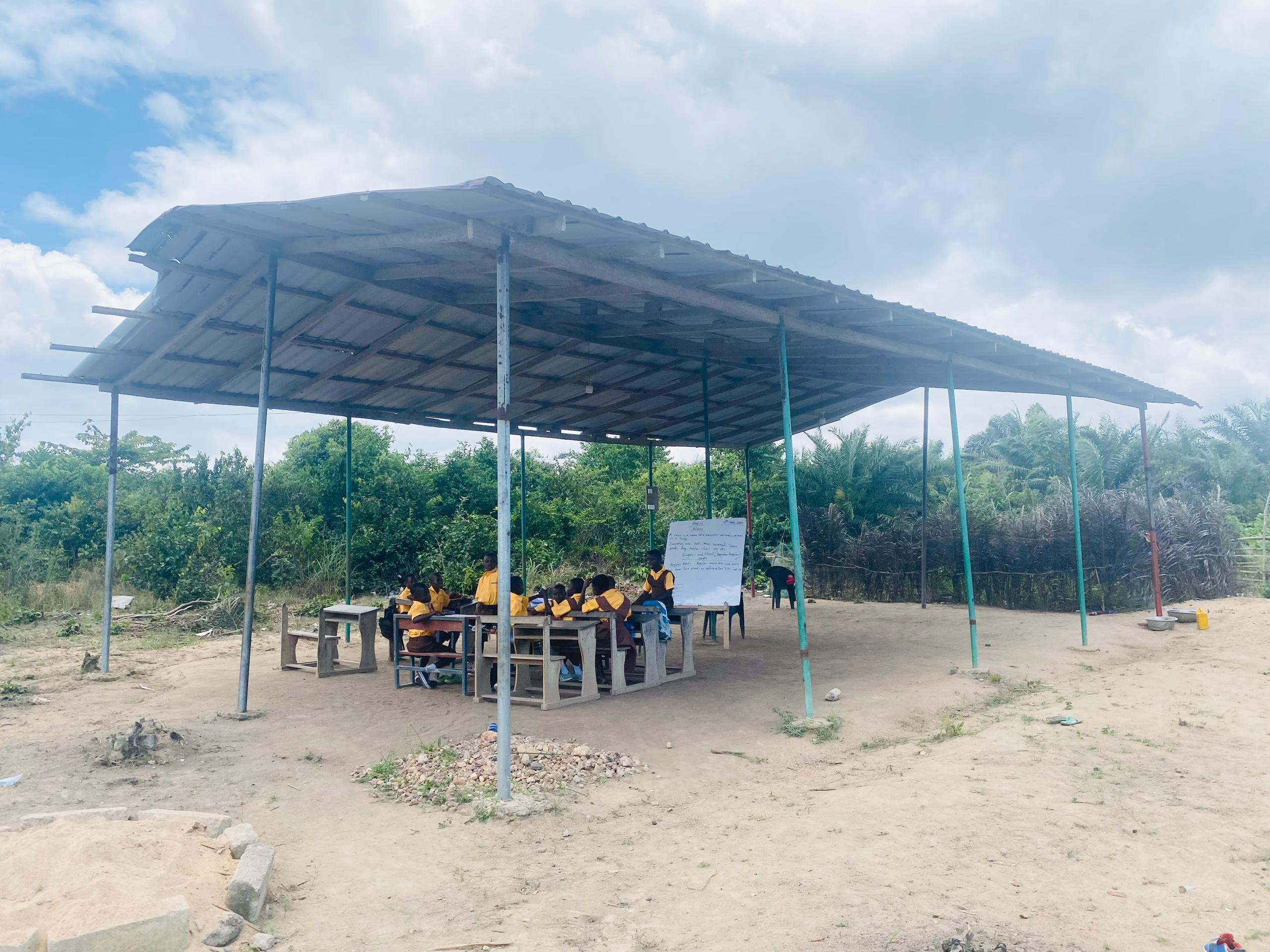- Hurricane Milton heads for Florida: Predicted path and what to expect
- Houthi Red Sea attacks still torment global trade, a year after October 7
- Bad call from Wall Street analysts on DuPont stock may be good news for investors
- Crypto relationship scams pose 'catastrophic harm,' SEC official says. Here's how to avoid them
- Trump's Mar-a-Lago, golf resorts are outside Milton's path. But Truth Social's offices are at risk
What do you believe is the single most important factor driving up the cost of living in Nigeria?

Super-strong bacterial cellulose macrofibers made simple with tension-assisted twisting technique
In a recent breakthrough, researchers have utilized a one-step tension-assisted twisting (TAT) method to fabricate bacterial cellulose (BC) macrofibers with exceptional strength and moisture responsiveness, paving the way for eco-friendly advanced materials. The research is published in the Journal of Bioresources and Bioproducts.
In a significant advancement for sustainable materials, a team of international researchers has reported a novel approach to crafting bacterial cellulose (BC) into macrofibers (MFs) with remarkable mechanical properties and the ability to respond rapidly to changes in humidity.
The study, led by Yadong Zhao and Zheng Yang from Zhejiang Ocean University, with contributions from researchers at Xi'an Jiaotong University and the University of Sydney, introduces a user-friendly tension-assisted twisting (TAT) technique to align BC nanofibers, resulting in MFs with impressive tensile strength and elasticity.
The TAT technique stretches and aligns BC nanofibers that are pre-arranged in hydrogel tubes, forming MFs with compactly assembled structures and enhanced inter-fiber hydrogen bonding. This innovation not only achieves a record tensile strength of 1,057 MPa but also equips the MFs with the ability to quickly respond to environmental moisture, generating torsional actuation with a peak rotation speed of 884 revolutions per minute per meter.
The research demonstrates that the as-prepared BC MFs have exceptional lifting capacities, with the thinnest MF2 strand lifting more than 340,000 times its own weight. This level of performance is unmatched by most cellulose-based MFs, including natural, regenerated, and nanocellulose-derived MFs.


- October 7, 2024
Study finds gender influences fairness attitudes in children

- October 7, 2024
Ampatano M/A Basic School appeals for classroom blocks

- October 7, 2024
After injury, one species of comb jelly can fuse to become one

- October 6, 2024
Fuseina Fuseini is 2024 national best teacher

- October 8, 2024
Researchers say life expectancy nearing its limit
Subscribe to our mailing list to get the new updates!

Subscribe our newsletter to stay updated
Thank you for subscribing!







